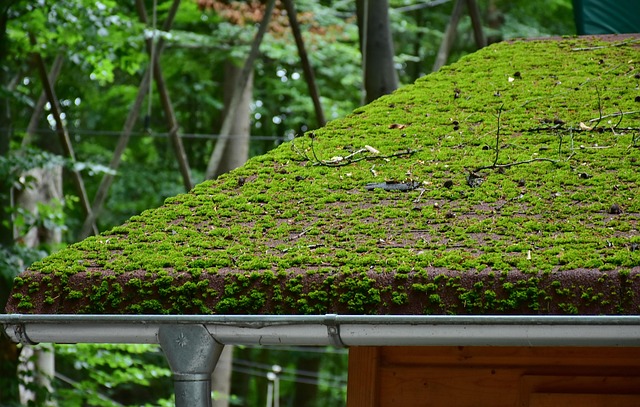Metal roofing installation is a popular choice due to its exceptional durability, minimal upkeep demands, and environmental sustainability. Key materials include lightweight aluminium resistant to corrosion and robust steel designed for harsh weather. Modern metal roofs feature advanced coatings for protection against rust and environmental damage, lasting several decades. They offer superior strength, weather resistance, insulation, and low maintenance, reducing energy costs and structural issues. The installation process requires meticulous attention, from roof inspection to precise panel placement and sealing. Climate conditions, roof design, regular inspections, reputable manufacturers, weight, and energy efficiency are crucial factors. Regular maintenance, including inspections, cleaning, and protective coatings, extends the lifespan of metal roofs, which can enhance property value significantly. Styles like standing seam and metal tile offer versatility, durability, and aesthetic appeal. Case studies demonstrate successful transformations across various structures, solidifying metal roofing as a dependable, long-lasting solution.
“Discover the enduring appeal of long-lasting metal roofing—a smart investment for any home. This comprehensive guide explores the benefits, installation processes, and style options of this durable material. From understanding the various metal roofing materials to choosing the right system and maintaining its longevity, we delve into every aspect of metal roofing installation. Explore popular styles, its environmental advantages, and real-world success stories—unleash the power of metal roofing for your home.”
Understanding Metal Roofing Materials: A Comprehensive Overview
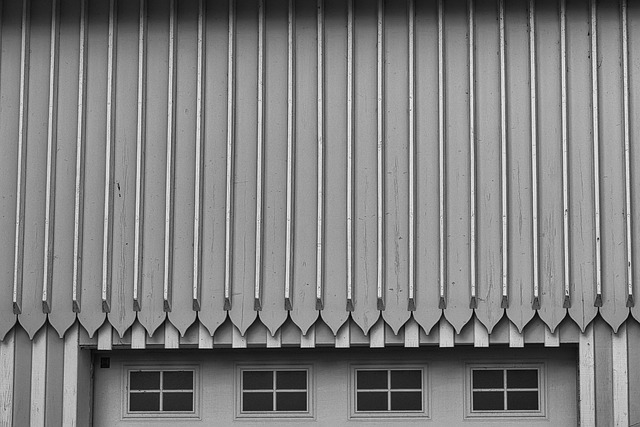
Metal roofing has gained immense popularity in recent years, primarily due to its durability and low maintenance requirements. When considering a metal roof installation, it’s crucial to understand the diverse materials available and their unique properties. Each type of metal offers distinct advantages, from classic aesthetics to superior strength. Common choices include aluminium, known for its lightweight nature and resistance to corrosion, and steel, renowned for its longevity and ability to withstand extreme weather conditions.
Understanding the composition and manufacturing processes of these metals is essential. Modern metal roofing materials are designed with advanced coatings that protect against rust and other environmental damage. These innovative treatments ensure that metal roofs can last for several decades, making them a sustainable choice for homeowners seeking long-lasting protection.
Benefits of Long-Lasting Metal Roofs: Durability and Beyond

Long-lasting metal roofs offer an array of benefits that go beyond just durability, a key advantage in itself. These roofing materials are known for their superior strength and resistance to extreme weather conditions, from heavy rainfall to high winds. This makes them a smart investment for homeowners looking to protect their properties for years to come. Not only do they withstand the test of time, but metal roofs also provide excellent insulation, helping regulate indoor temperatures and reducing energy costs.
Additionally, metal roofing installations are known for their low maintenance requirements. Unlike traditional shingles that may need frequent replacements or repairs, metal roofs can last for decades with minimal upkeep. They are resistant to fading, cracking, and peeling, ensuring they maintain their aesthetic appeal over time. This longevity not only saves homeowners money but also contributes to a more sustainable and environmentally friendly approach to roofing.
The Installation Process: Step-by-Step Guide to Metal Roofing
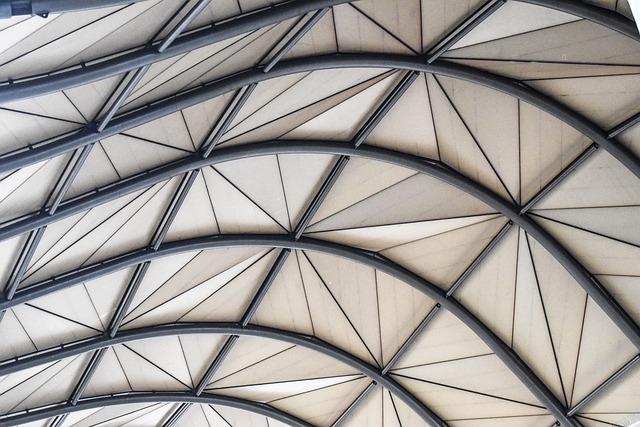
The installation process for metal roofing involves several meticulous steps ensuring a durable and weather-resistant finish. It begins with thorough preparation of the roof deck, which includes checking for any damage or irregularities. The underlayment is then carefully placed, providing an extra layer of protection against moisture intrusion.
Next, the metal roofing panels are measured and cut to fit the unique dimensions of the roof. These panels are secured using specialized fasteners designed to resist high winds and extreme weather conditions. Each panel is precisely fitted and locked into place, creating a seamless and strong barrier against the elements. The process concludes with the addition of flashings and sealants around roof penetrations, such as vents or chimneys, to maintain the integrity of the metal roofing system.
Choosing the Right Metal Roofing System: Factors to Consider

When considering a metal roofing installation, choosing the right system involves several key factors. First and foremost, climate conditions play a significant role. Different metals have varying levels of resistance to extreme temperatures, rain, snow, and wind, so selecting a material suited to your local weather patterns is essential for long-term durability. Additionally, the roof’s design and slope should be taken into account; some metal roofing options are more suitable for specific architectural styles or inclines.
Another critical consideration is maintenance and upkeep. Metal roofs generally require minimal maintenance compared to traditional materials, but regular inspections are still necessary to check for signs of damage, corrosion, or leaks. Choosing a system with a proven track record of longevity from reputable manufacturers ensures peace of mind. The weight of the roofing system is also vital, especially for older structures, as excessive weight can lead to structural issues. Lastly, consider energy efficiency; metal roofs can contribute to better insulation and temperature regulation within your home.
Maintenance and Longevity: Ensuring Your Metal Roof Stands the Test of Time
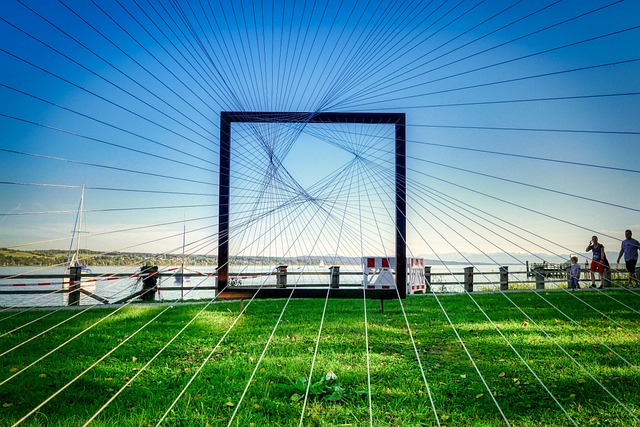
Maintaining a metal roof is relatively straightforward compared to other roofing materials, which can significantly contribute to its longevity. Regular inspections are key; looking for any signs of damage, corrosion, or loose panels ensures prompt repair. Cleaning the roof annually removes debris and prevents water damage from buildup. For areas prone to harsh weather, applying a protective coating every few years can shield the metal from rust and decay.
A well-maintained metal roofing installation can last for decades, offering a durable and low-maintenance solution. This longevity not only provides peace of mind but also translates to significant cost savings in the long run. With proper care, your metal roof will not only withstand the elements but also add value to your property, ensuring it remains a sound investment for years to come.
Popular Metal Roofing Styles: Enhancing Your Home's Aesthetics
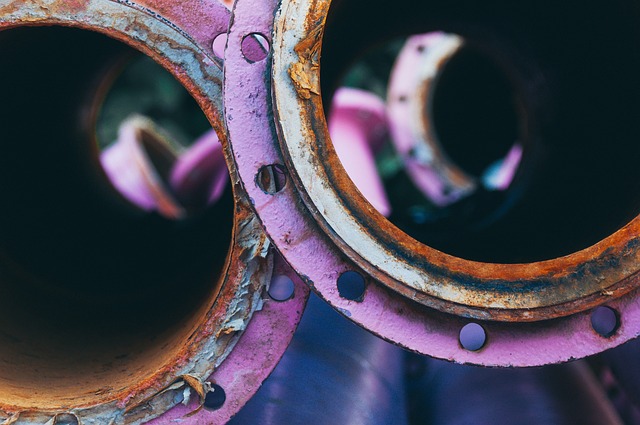
When it comes to enhancing your home’s exterior, metal roofing installation offers a versatile and aesthetically pleasing option. There are numerous popular styles available that cater to various architectural designs, from traditional to modern. One standout choice is the standing seam roof, characterized by its clean lines and distinctive vertical seams. This style is highly durable and provides a uniformed, sleek look, making it ideal for both residential and commercial properties.
Another favored option is the metal tile or slate roofing system. These mimic the classic appearance of traditional tiles or slate while offering superior strength and longevity. The variety of colors and finishes allows homeowners to achieve a specific aesthetic, adding curb appeal to their homes. Whether you’re aiming for a rustic, country charm or a contemporary, urban vibe, metal roofing can be tailored to complement your design preferences, ensuring your home stands out as a beautiful and long-lasting addition to your neighborhood.
Environmental Impact and Recycling: The Green Side of Metal Roofing

Metal roofing installation offers more than just durability and low maintenance; it also boasts significant environmental benefits. The production process for metal roofing materials typically involves recycling, which reduces the need for extracting new resources from the earth. According to industry standards, metal roofs can last for decades, outperforming many other roofing options in terms of longevity. This extended lifespan contributes to a lower overall environmental impact since replacement becomes less frequent.
Moreover, at the end of their useful life, metal roofs are fully recyclable. This recyclability is a cornerstone of sustainable construction practices and aligns with the growing global emphasis on reducing waste and conserving resources. When properly recycled, old metal roofing can be transformed into new products, perpetuating a cycle of environmental stewardship that benefits both the industry and the planet.
Case Studies: Real-World Examples of Successful Metal Roofing Installations
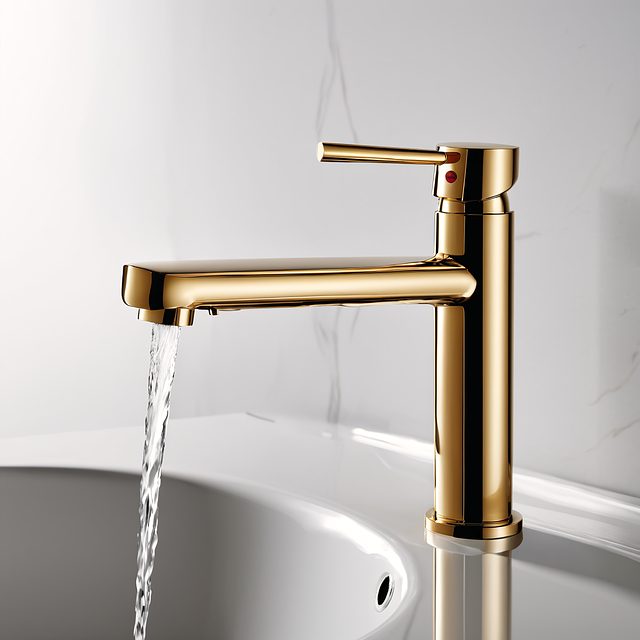
Metal roofing installations have gained significant popularity for their durability and low maintenance requirements, as evidenced by numerous successful case studies in real-world settings. One such example is the transformation of an old warehouse into a modern distribution center. The original asphalt shingles were replaced with a standing-seam metal roof, showcasing improved aesthetics and enhanced structural integrity. This installation has stood the test of time, enduring harsh weather conditions without any signs of damage or degradation for over a decade.
Another notable case involves a historic building’s restoration, where a custom-designed metal roofing system was meticulously crafted to match the original architecture. This project required careful consideration of both visual appeal and structural compatibility. The final result not only preserved the building’s heritage but also provided exceptional weather protection thanks to its high-quality, corrosion-resistant metals. These case studies highlight how metal roofing installations can offer both functional and aesthetic benefits for various structures, solidifying its reputation as a reliable and long-lasting solution.
